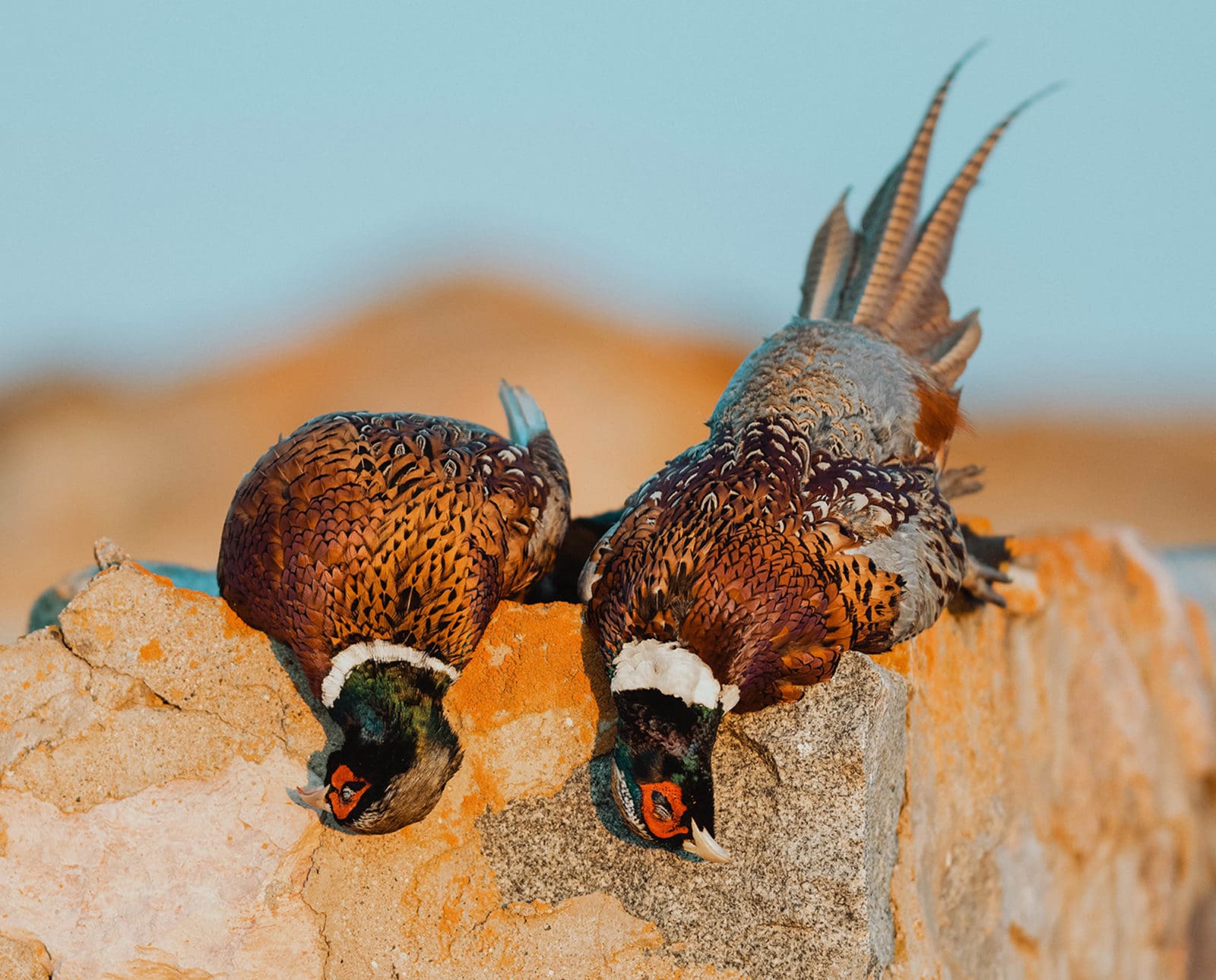Home » Small Game Cooking » Serve Better Birds: A Field-to-Table Cooking Guide for Upland Bird Hunters
Serve Better Birds: A Field-to-Table Cooking Guide for Upland Bird Hunters

Jack Hennessy grew up in the South Suburbs of Chicago…
Project Upland wild game cooking contributor Jack Hennessy breaks down different steps of how to get better tasting upland game starting in the field
For over a year, I have contributed several how-to articles to Project Upland but they have been tucked between a myriad of recipes. With this guide, it’s my goal to collate those pieces in one place while hitting the highlights.
Listen to more articles on Apple | Google | Spotify | Audible
A better upland game meal starts afield
As you may have guessed, the steps to a better-tasting bird begin moments after you lace up your boots. As little shot as possible to get the job done is the goal, so this means understanding what shotgun choke you are running. A tighter choke, like a modified, may require you to wait until birds reach 20 yards before taking the shot as a tighter pattern at a closer range means far more pellets in your game.
Read: How to Avoid Serving Shot in Your Upland Bird Meals
Additionally, some hunters pride themselves on being wingshooters, which, as you likely guessed, means targeting the wings when folding the bird for less shot in breasts and thighs.
When to field dress your upland birds
There are sources out there that suggest not waiting more than 10 minutes to field dress your birds. However, when to field dress depends on the temperature outside. Remember, we can age most upland birds, undressed, at 55 degrees for 10 days with no spoilage, so the same logic applies while out in the field.
Providing ample airflow and keeping your bird(s) around 55-65 degrees Fahrenheit means you can keep hunting without stopping to unsheathe your knife. Note: you wouldn’t keep birds at 65 degrees for several days, but two to three hours is fine, in my opinion. Bottom line, if it’s too warm to run the dogs for more than an hour, it’s too warm to walk around with undressed birds in your vest for more than an hour.
Aging upland birds
As noted above, you can hang upland birds—all except wild turkey, in my experience—without plucking or dressing up to 10 days (potentially longer) in temperatures from 34 to 55 degrees Fahrenheit. Doing so both tenderizes and concentrates flavor.
If you haven’t tried aging your birds and can do so, I highly recommend trying it.
Pluck upland birds when possible
You’re not going to pluck a thoroughly shot bird. Tears in the skin make it hard to do so and that bird will require additional techniques or particular recipes to lower chances of serving shot on the plate. But a nearly pristine bird deserves the effort.
Read: Plucking Game Birds, Technique, Time, and Merit
So much flavor resides in that skin. A plucked bird also retains more moisture during cooking. If you shoot a limit and they’re all in fantastic shape, you can try to pluck them all. Or, at least do one—one special bird you can roast and show off to all your friends.
Removing tendons from upland bird legs
Unlike their domestic cousin, the grocery-store chicken, which is butchered when it’s 7-9 weeks old, your wild birds grow, mature, and develop tendons that cook up and harden into toothpicks. There is no foolproof method to remove all of the tendons, generally speaking, but there are some steps you can follow to avoid serving these with your meals.
Brining upland birds
Brining birds, especially when roasting whole, is an essential step in the cooking process. However, deciding whether to wet or dry brine depends on a few things.
A wet brine helps pull residual blood but also results in a milder tasting bird. If a bird is fairly well shot up, a wet brine may be necessary, if only for a short period. If you’re wishing to serve your wild upland birds to folks who like to use the word “gamey,” a wet brine is also the way to go. On the other hand, a dry brine produces the same effect of cutting moisture loss in half thanks to salt binding to muscle fibers and retaining moisture. A dry brine also requires less time and is a bit simpler. It also means the bird retains its innate flavor and that flavor doesn’t get diluted by water, which can both pull out the flavor and, especially if it’s tap water, minerals and additives can deteriorate muscle fibers.
Have you ever seen a piece of red wild or domestic meat soaked in water? A wet brine isn’t the same thing, as it contains ingredients to counter the effects of water, but for the reasons mentioned above sometimes a dry brine is better.
Recipes featured on Project Upland
Many of my upland game recipes are available on Project Upland. Dishes range from Indian to Italian to Mexican cuisines, though there are several traditional American dishes, such as how to roast a pheasant with gravy and cornbread stuffing.
Nevertheless, if you ever have questions on recipes or methods, reach out to me on Instagram @WildGameJack.
Jack Hennessy grew up in the South Suburbs of Chicago and didn't start hunting until he attended graduate school in Spokane, Washington, at the age of 26. Hennessy began work in professional kitchens in high school but didn't start writing wild game recipes until he joined the Spokesman-Review in 2014. Since then, his recipes have appeared with Petersen's Hunting, Backcountry Journal, Gun Dog Magazine, among many others. He now lives with his Wirehaired Vizsla, Dudley, in Wichita, Kansas.



